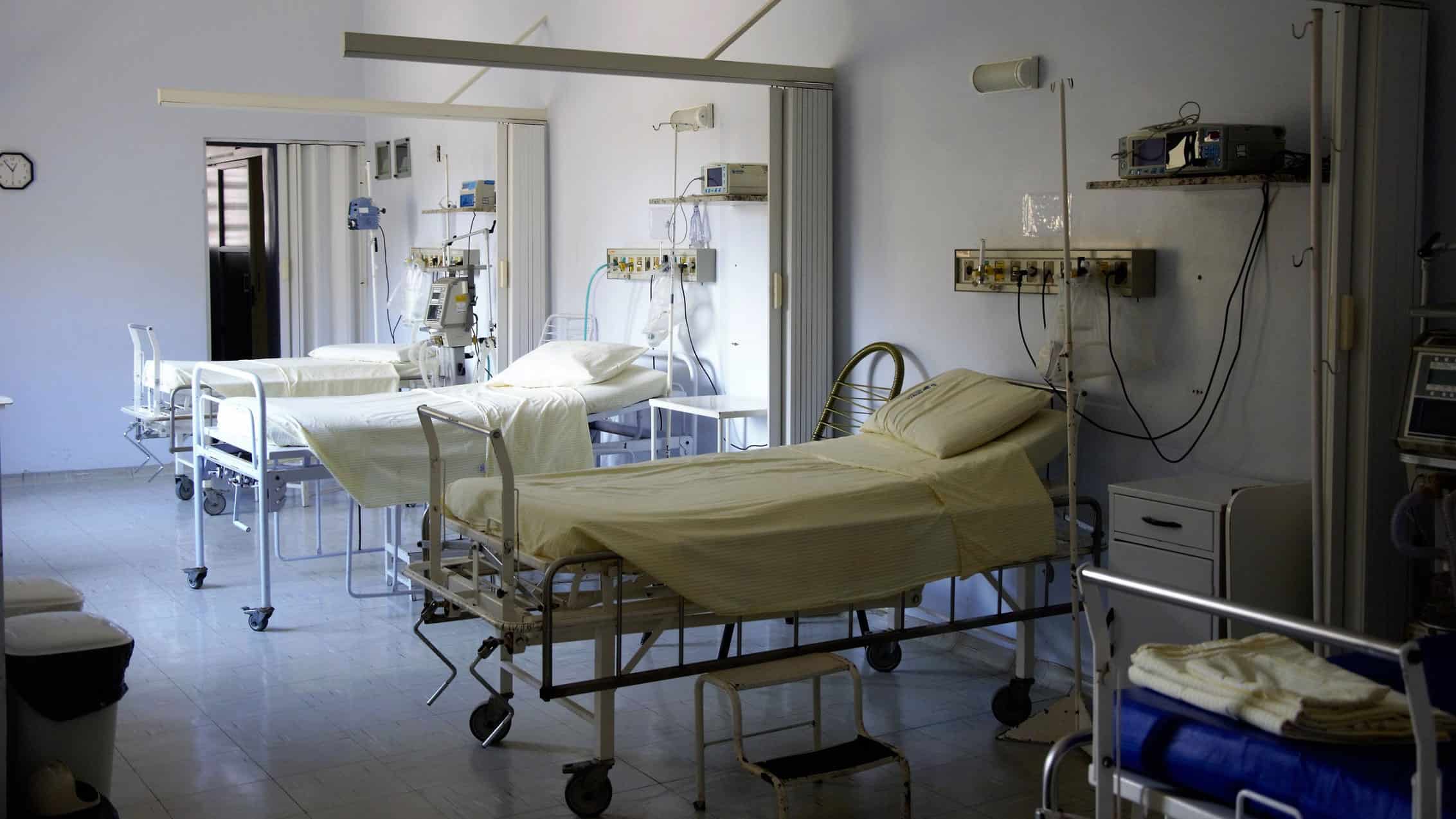Here’s Why Milton District Hospital was Recognized
Published January 28, 2019 at 7:47 pm

The Milton District Hospital has received a high certification.
The Milton District Hospital has received a high certification.
Halton Healthcare announced in a recent press release back in November of 2018 that the Milton District Hospital (MDH) expansion received the Leadership in Energy and Environmental Design (LEED) Gold certification for new construction with the Canada Green Building Council.
LEED is a nationally recognized certification program for the design, construction, and operation of high-performance green buildings.
Gold is the second highest level of achievement in the green building rating system.
This certification is given to buildings that maintain a healthy indoor environment, operate with reduced greenhouse gas emissions and use energy efficiently.
The 330,000 square foot expansion at the MDH, which opened back in October of 2017, consisted of the relocation and expansion of the emergency department, surgical services, medical/surgical inpatient units, intensive care unit, maternal newborn department, diagnostic imaging and support services including kitchen and central sterilization.
Halton Healthcare, according to the release, worked in partnership with Infrastructure Ontario and the Ministry of Health and Long-Term Care on the redevelopment project.
“Energy and environmental conservation served as a guiding principle in the planning and design for this expansion,” Bill Bailey, Halton Healthcare’s Senior Vice President of Redevelopment and Facilities, said in the release.
“We were committed to pursuing sustainable design strategies, with a goal to achieve a minimum LEED Silver rating and are pleased to have surpassed our original goal by meeting the requirements to achieve Gold certification.”
In the release, Bailey continued to explain that, “Conserving environmental resources while creating state- of-the-art healing environments for patients and their families was very important to the whole team and we are extremely proud to be recognized as leaders in energy and sustainable building design.”
A few energy efficiency and sustainable features that went into the design and construction of the expansion included high efficiency faucets, toilets, showers and urinals to reduce water consumption, low-VOC materials including paints, adhesives, coatings, sealants and flooring, and mechanical systems that do not use ozone draining refrigerants to cool the building.
insauga's Editorial Standards and Policies advertising





